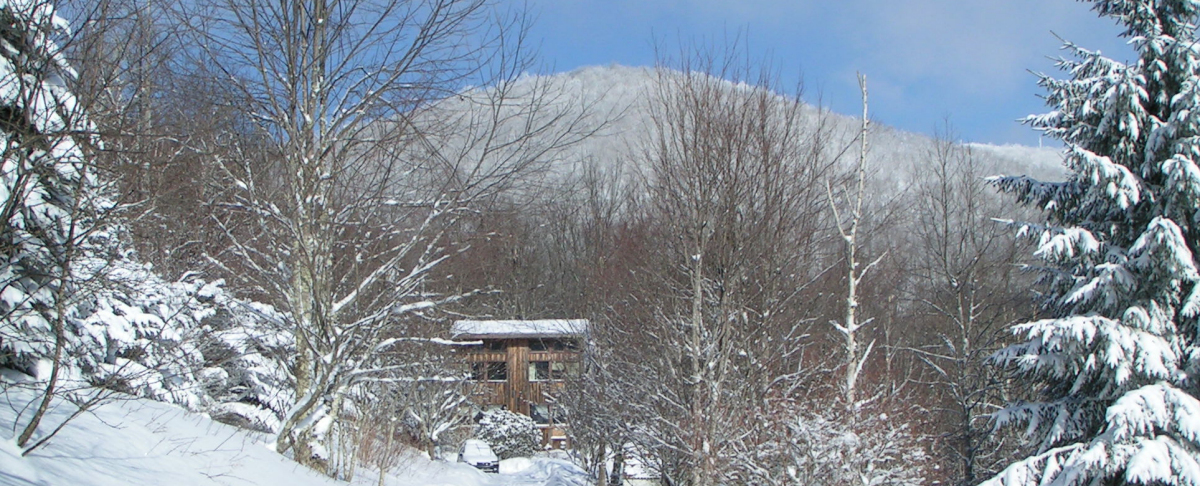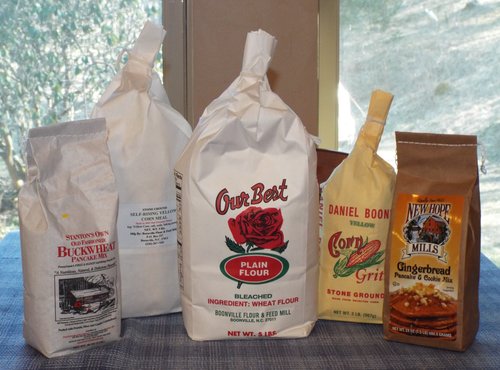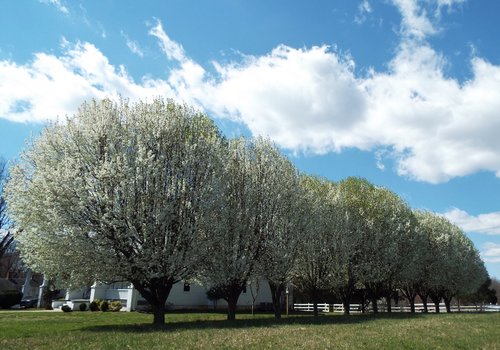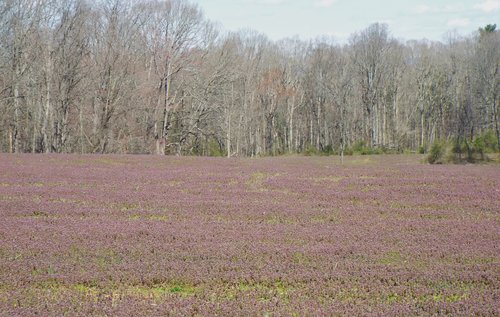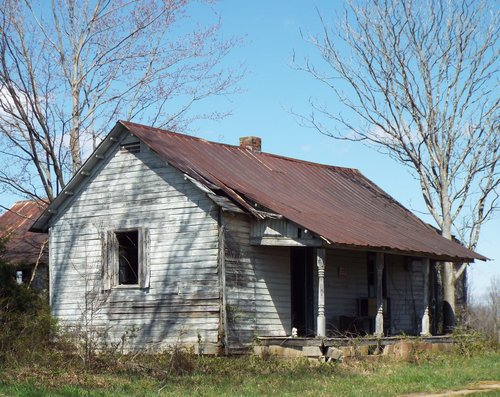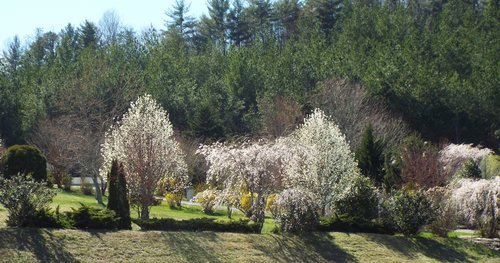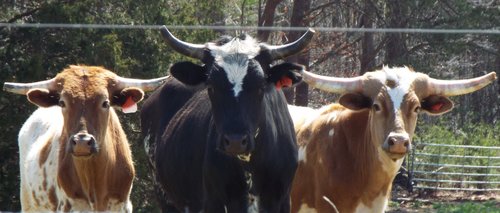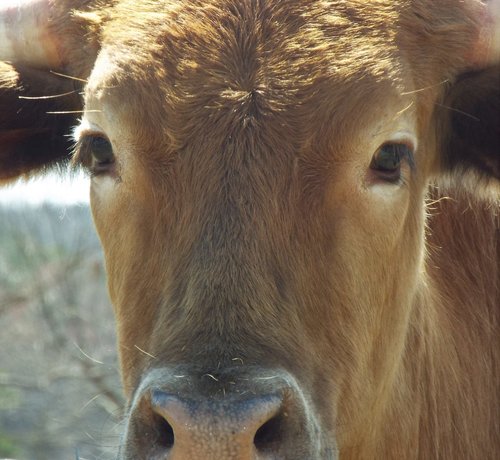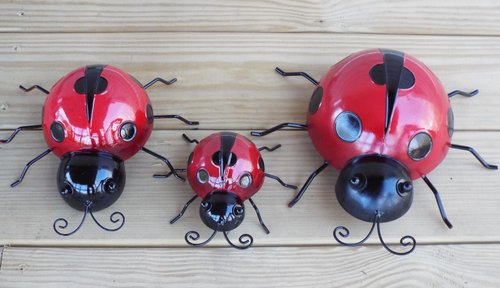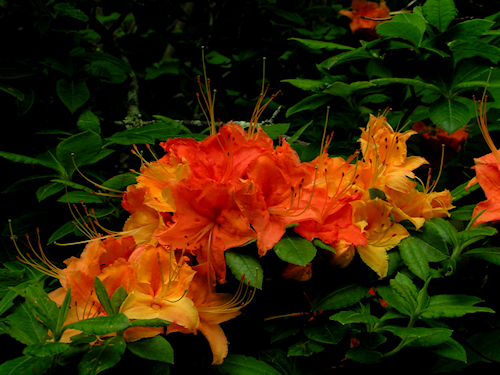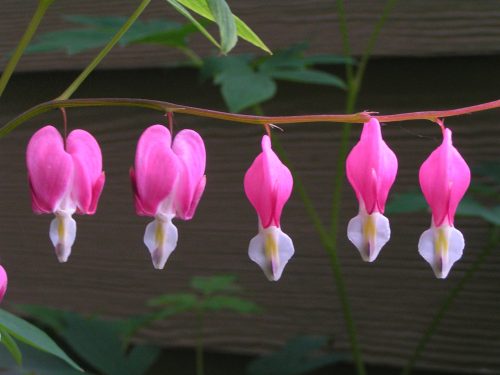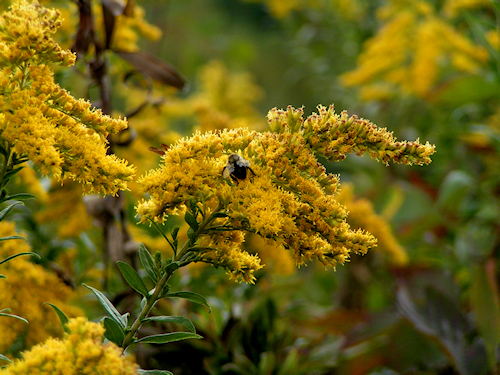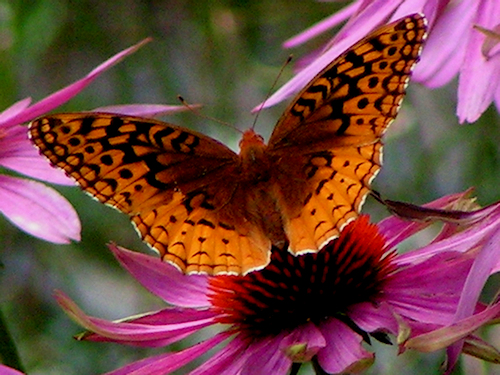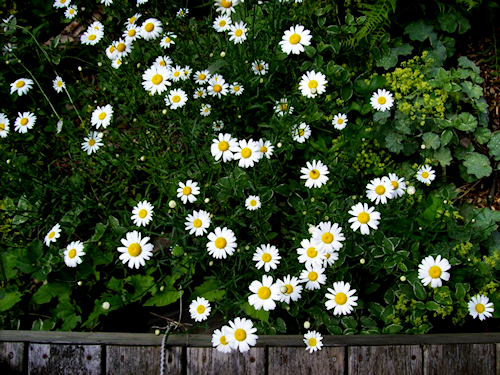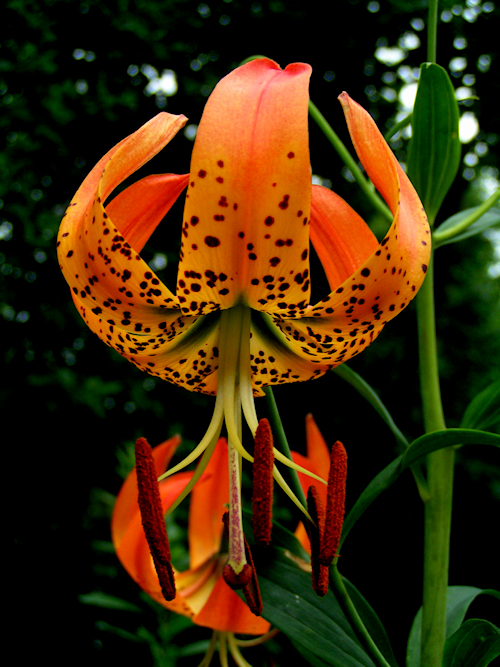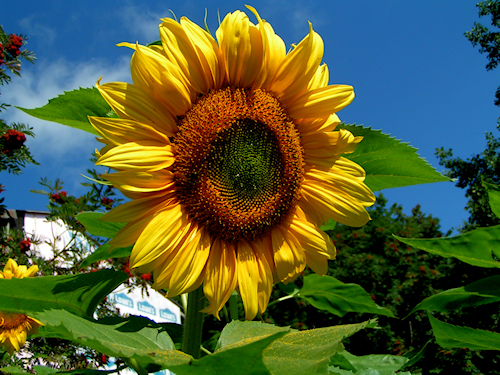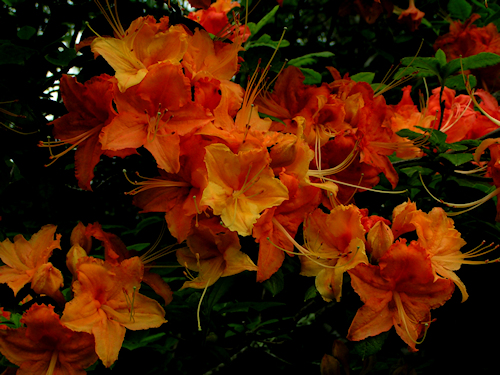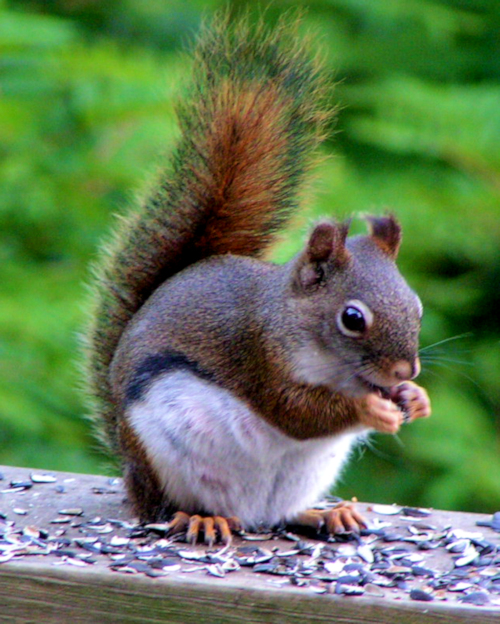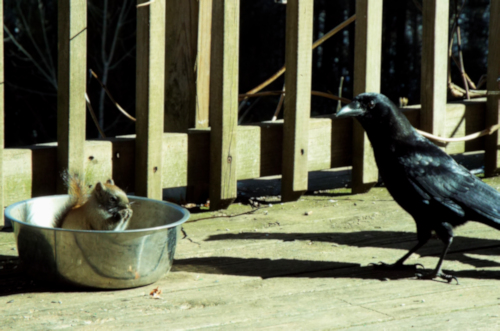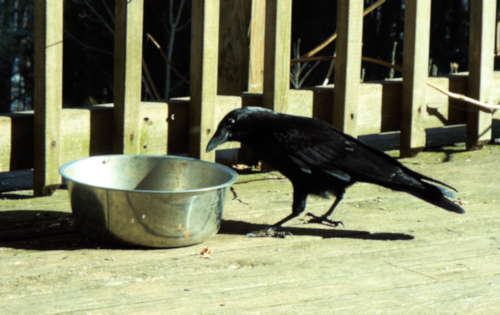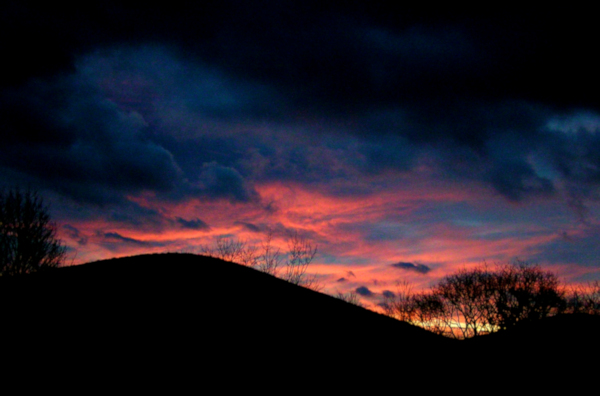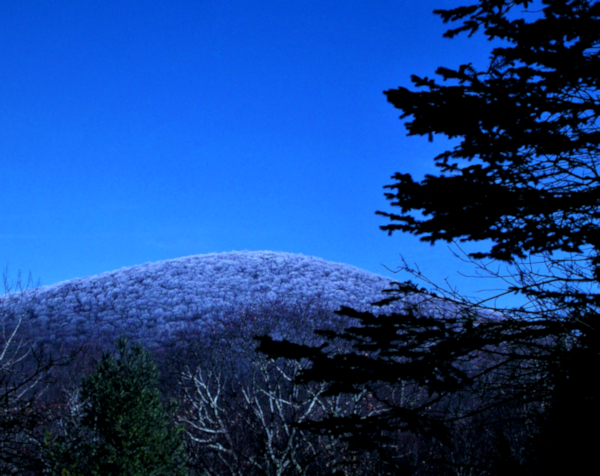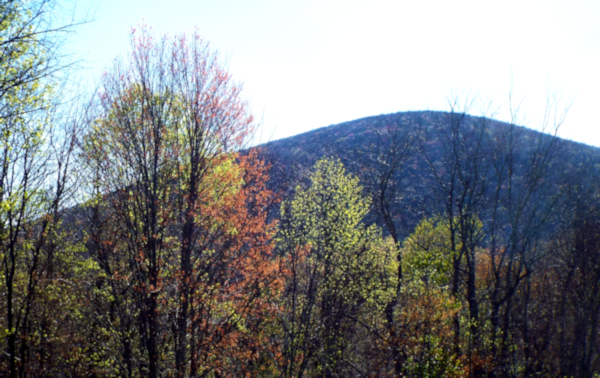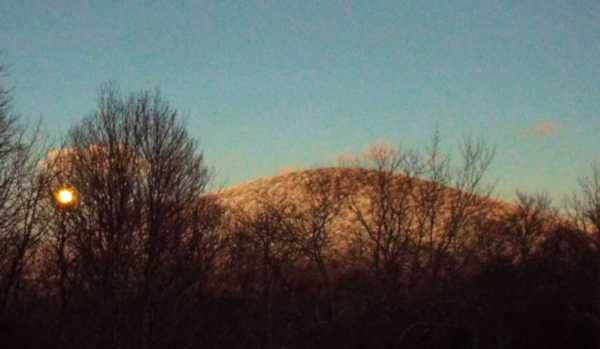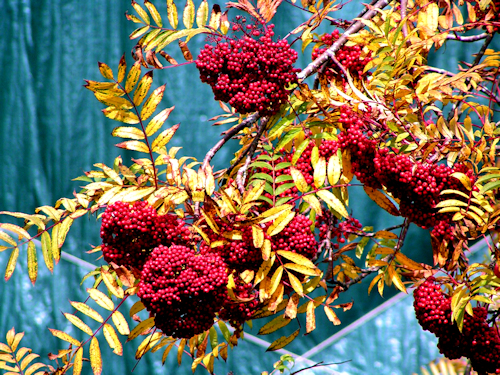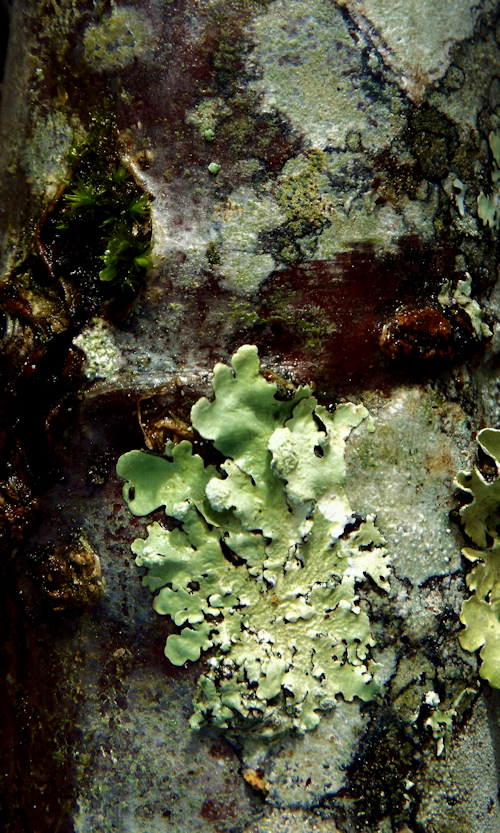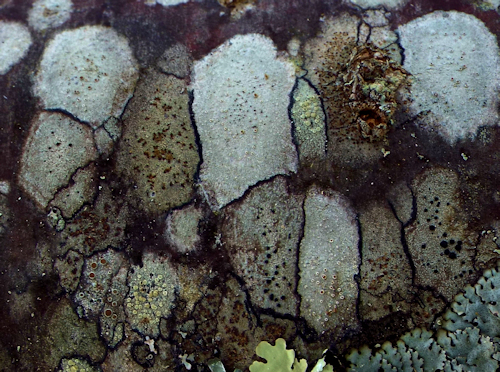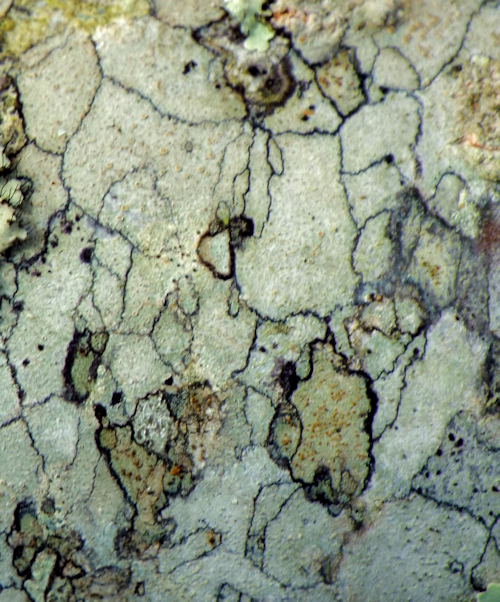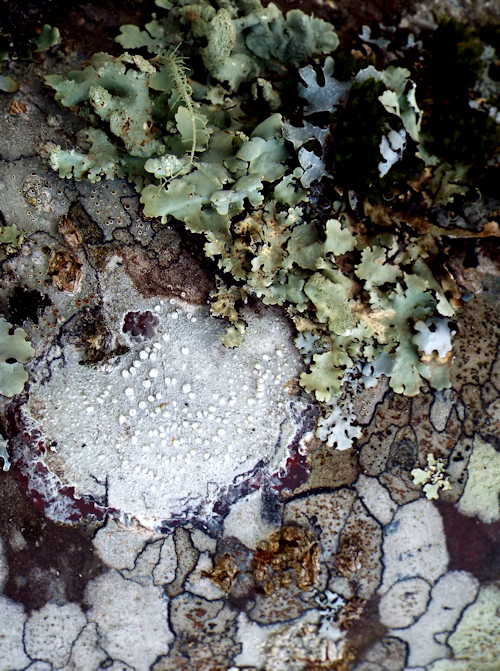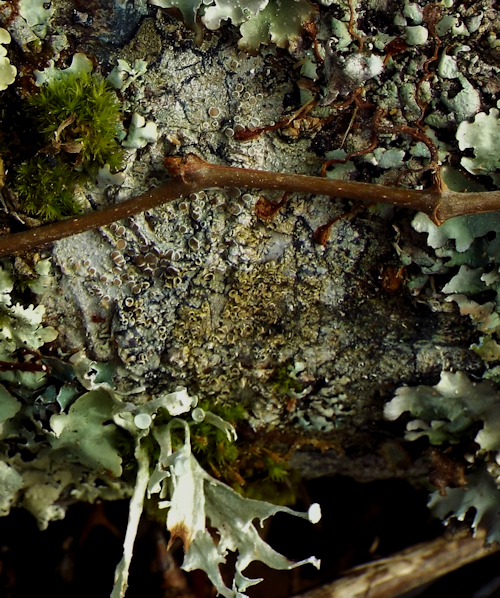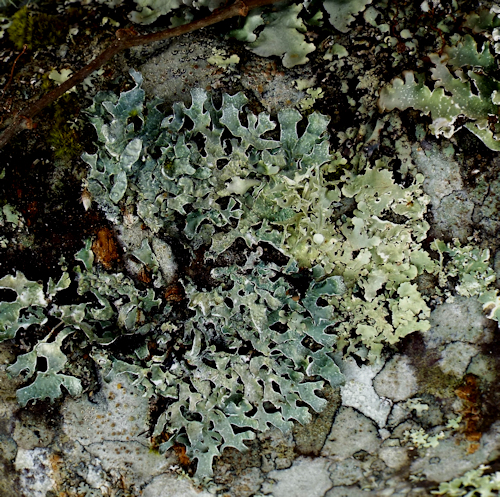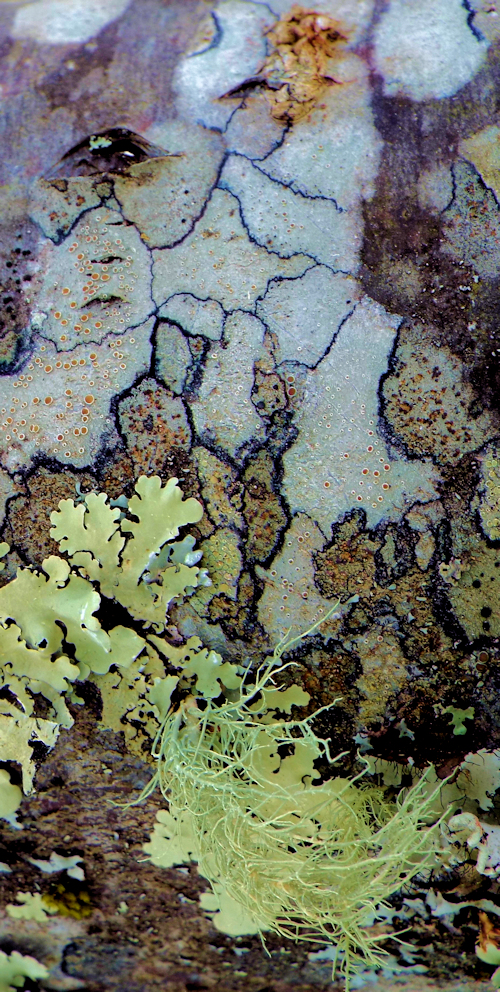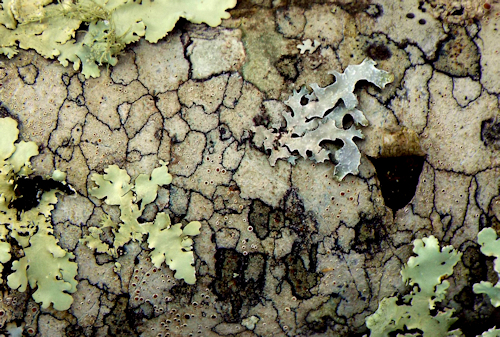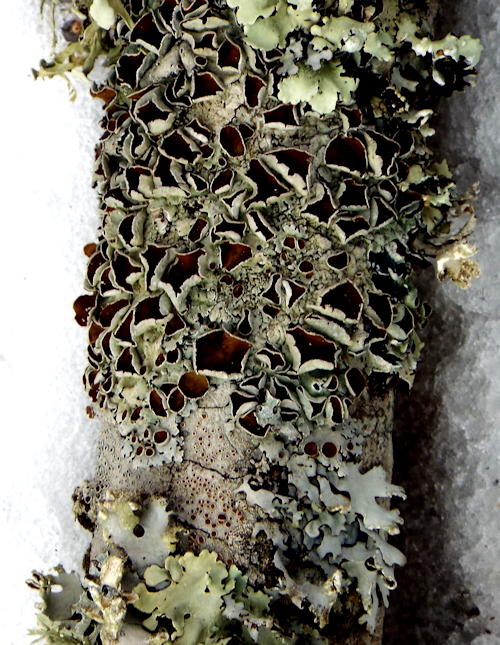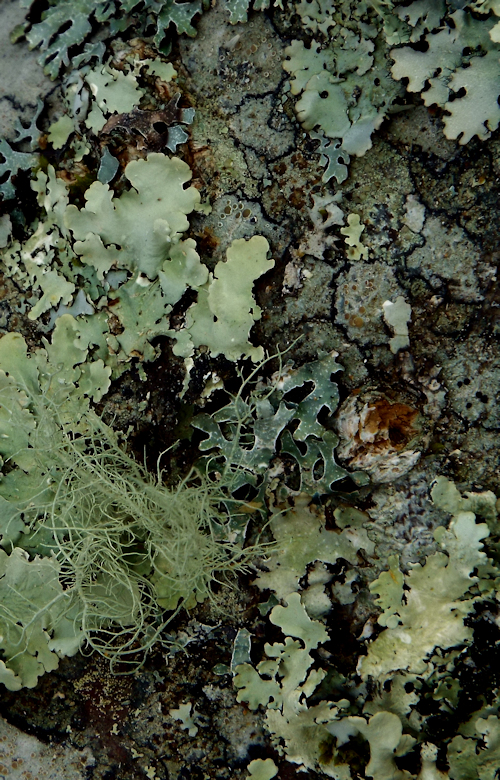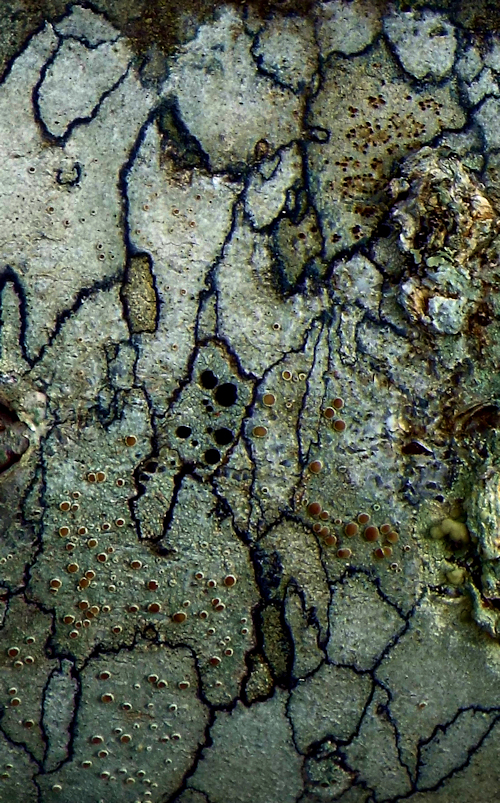We don’t frequently have guests visiting at our homeplace for meals. Our children and their families live a few hours drive away, so their visits happen only a few times each year. Other relatives and friends are scattered far and wide around the country and find their way to our mountainside home rarely to share a meal. However, we do have lots of friends and neighbors who stop by daily for a visit and a snack as I’ve written before.
Yesterday we had a new visitor, though some of our guest’s family members have come to share our food on other occasions. When we looked up from our computers, where Carole was working on writing her book and I was busy drawing plans for a home addition, we saw this youngster standing at one of our bird feeders enjoying a snack. She/he may have been here the night before; one of our feeders had tumbled to the ground overnight, but we thought that the weight of a fat raccoon might have caused the worn support wire to finally break.
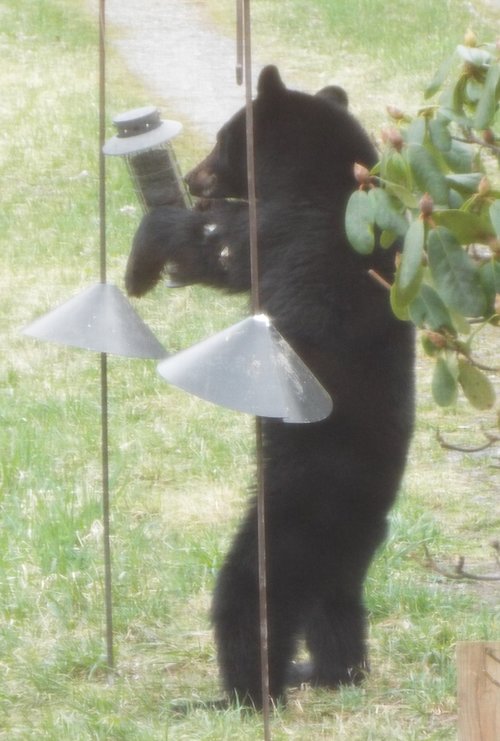
Looks like this could be a snack
This young bear examined the almost empty feeder for a while and then decided the seed I had spread on the ground was much more accessible. Settling down into a comfortable position in the grass, the bear proceeded to eat as much sunflower seed as it could find. Meanwhile, I had grabbed the camera and Carole and I moved out onto the deck for a clearer view of our visitor.
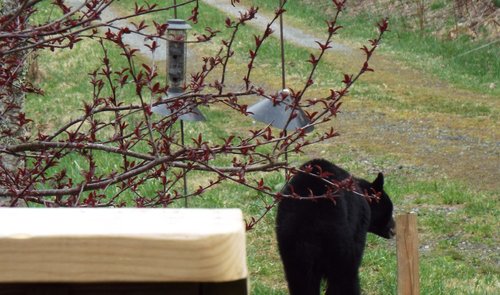
The feeders are thirty to forty feet from the deck.
The bear was only about thirty to forty feet away from our position but it was undisturbed by our presence. From time to time it looked around to glance at us, but quickly turned back to the snack at hand—or rather at paw. What a beautiful, gentle animal, its thick fur lustrous in the bright sunlight. We would watch it for as long as it would choose to stay with us.
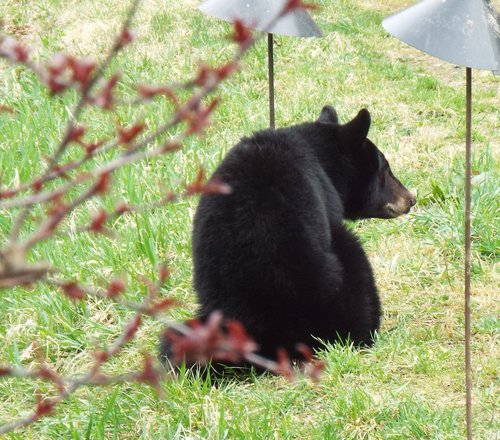
It’s nice and peaceful here.
Occasionally it rose and moved to a different spot to find more seed, moving slowly on its big, padded paws. When the bear had finished eating all the seed there was, it turned toward us, moved a couple of steps closer, and studied us for a few moments. Perhaps it was wondering if the two beings eyeing it from the deck had provided it with this afternoon snack. Then our visitor headed up the hillside and off into the woods, moving quickly, but loping as if in slow motion—an incredibly graceful movement for such a large animal.
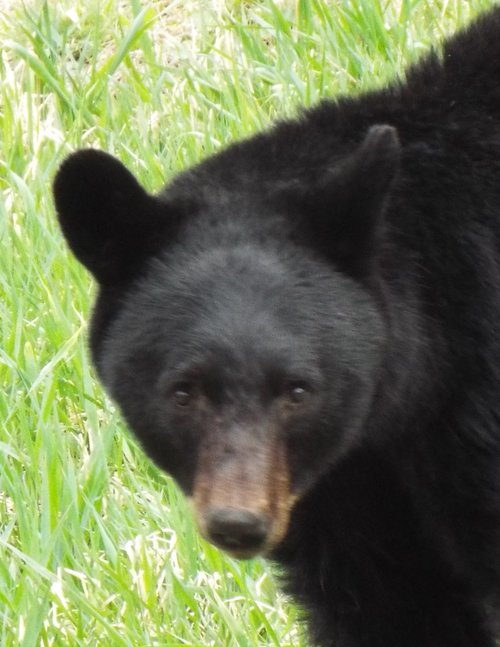
Are you the folks who put out this food?
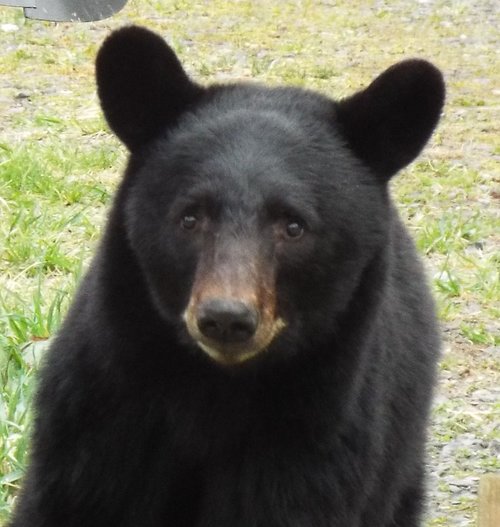
Thanks! I’ll come again some other time.
The bear probably came back again during the night, though we were not aware of its presence. This morning we found that the metal bird feeder pole from the previous day was now bent at a forty-five-degree angle. And the larger feeder which normally hangs about three feet in front of our living room window and at least six feet above the ground was lying amidst the periwinkle vines. The feeder and the lightweight chain holding it had been pulled down, the metal mesh was crumpled and showed two holes about three-eighths of an inch in diameter—perhaps tooth marks. It surely would have been interesting to have witnessed that episode.
We don’t make an effort to feed the black bears or to attract them close around the house. We realize it it is much better for their well-being and for their safety to stay mostly in the woods and not venture too close to their human neighbors. But we do delight in observing them and all the other creatures around us whenever we can. Many years ago we twice got to see a bear enjoying the contents of our bird feeders while lying among the flowers in our front yard in the middle of the night, only about fifteen feet from the house; we watched excitedly from an upstairs window. And there was the time a bear and I surprised each other when I turned to see it on our deck about ten feet away on the other side of the sliding glass doors of our living room; we both quickly moved to different locations.
Some people have wondered whether we are afraid of the bears and whether we should be doing something (I’m not sure what) to keep them off “our property”. But the bears aren’t bothering us and we have no intention of bothering them. We each go our own way and do our own things, respecting each other’s presence, but not attempting to fraternize too closely. Regarding the question of “property”, it seems that we humans are the intruders here. The ancestors of these bears and all the other creatures of this place were here long, long before we showed up and, unless we and others really mess things up, hopefully they will continue to be here long after we are gone. In the meantime we’ll enjoy seeing each other from time to time and we’re happy to provide a snack or a meal during a visit.
Here are a few more photos from yesterday’s visit:
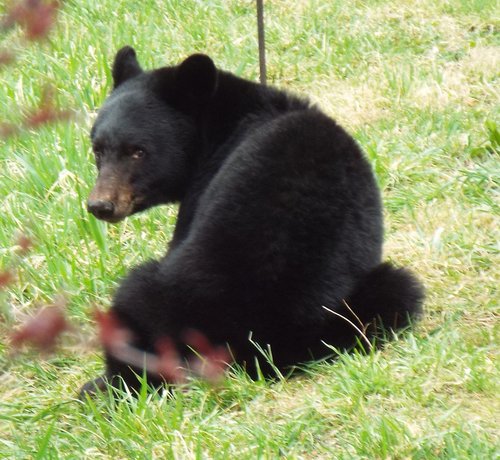
I know you’re watching me.
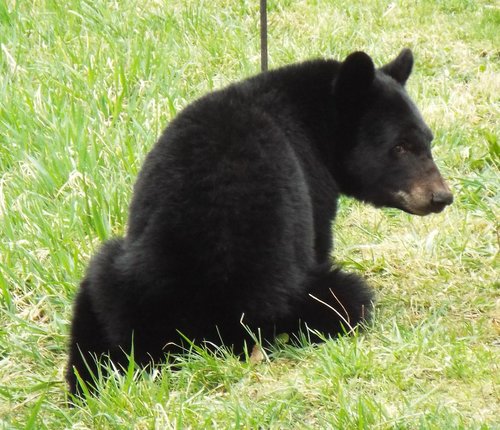
You might prefer this profile for a photo.
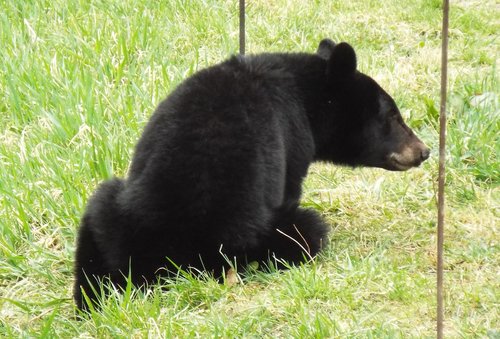
I think I hear something in the woods.
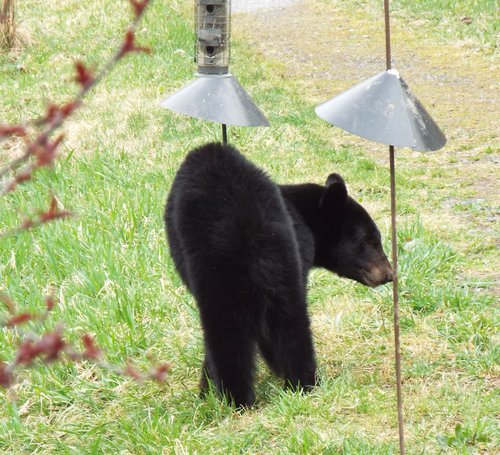
Maybe it’s time to leave now.
